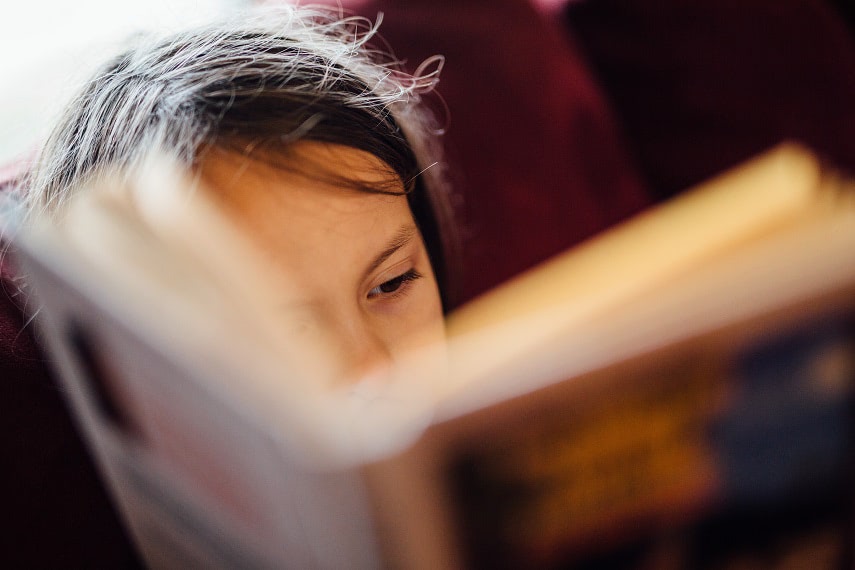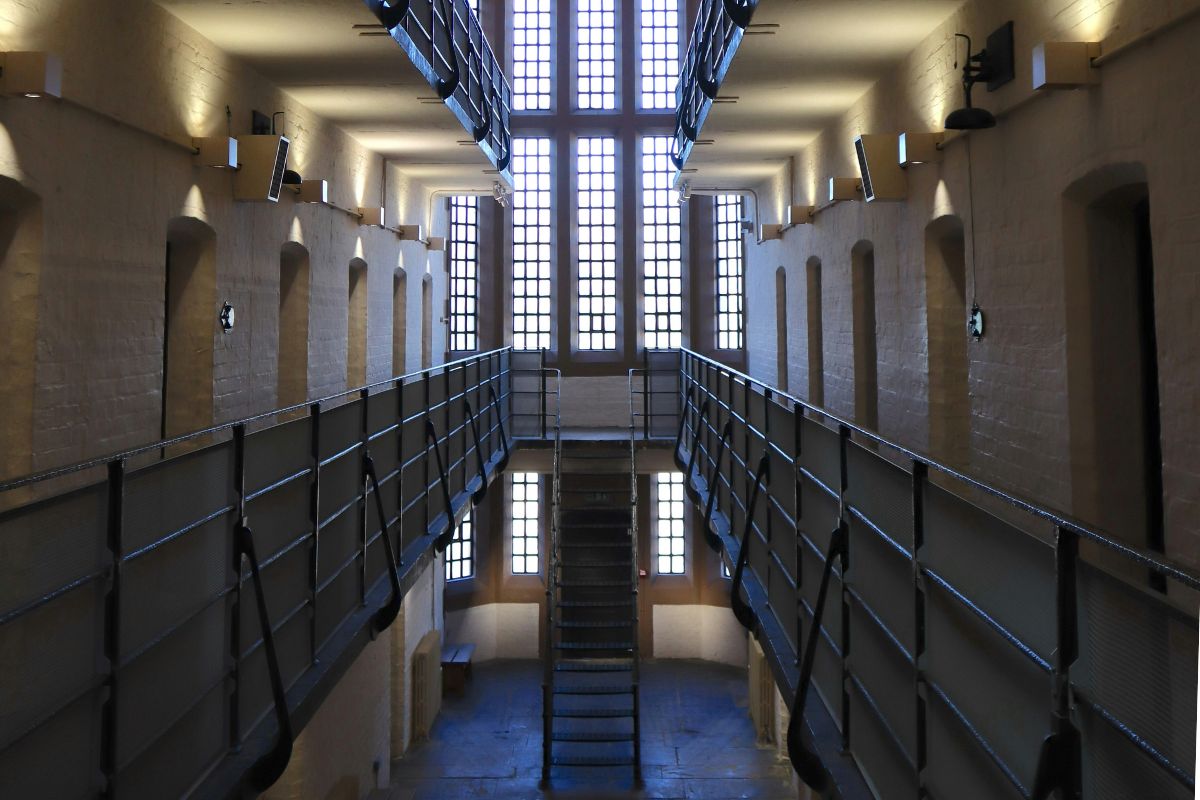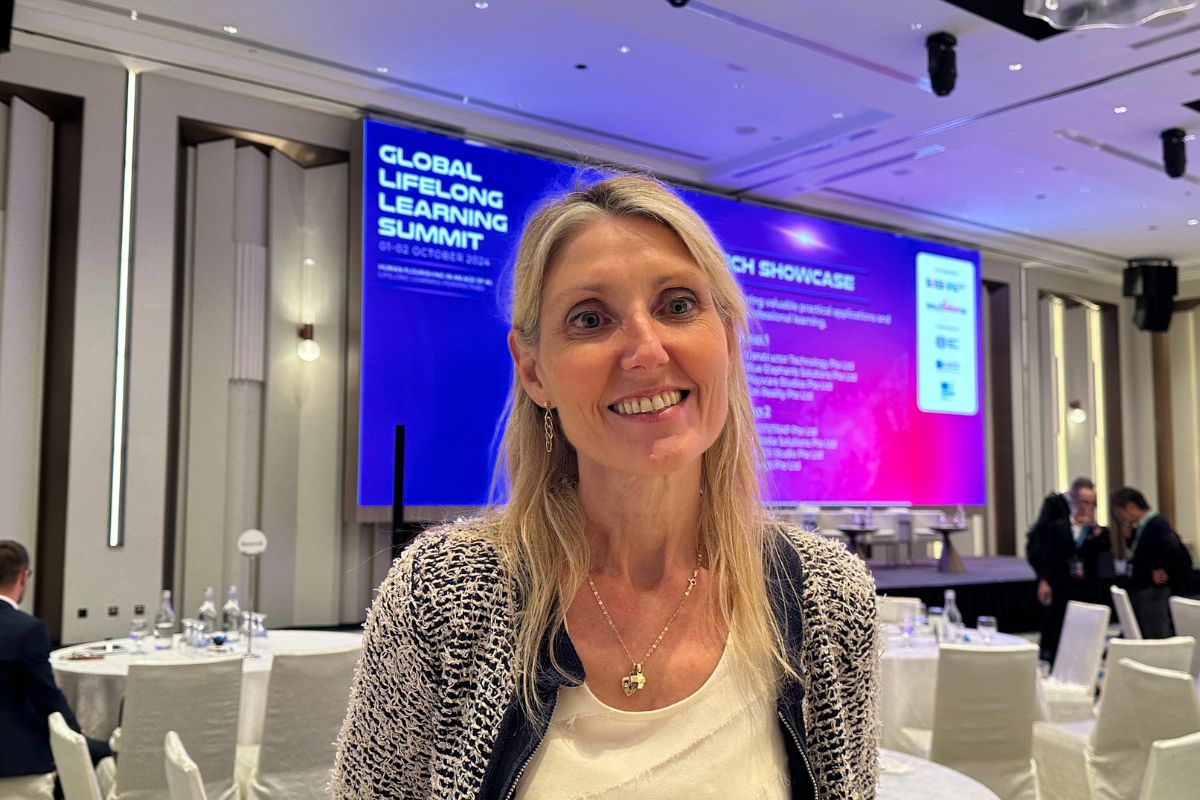Poorest pupils face second wave of lost learning following school disruption, new research shows

New analysis: poorest pupils face “double blow” to their education after missing the most learning during the lockdown and autumn term
New analysis published today (Thursday 29th October) by the Education Policy Institute (EPI), supported by the Nuffield Foundation, finds that the most disadvantaged and vulnerable pupils in the UK are more likely to have missed the most learning time as a result of the disruption to schools.
The research, released halfway through the new school term, is the first to compare data on school attendance across England, Scotland, Wales and Northern Ireland since the return of schools in August and September. Within the four UK countries, the analysis considers how attendance rates vary among different pupil groups and in different areas.
Rising Covid-19 infection rates across the country have created a number of challenges for schools since they reopened several weeks ago, with hundreds of thousands of pupils and staff being sent home following outbreaks of the virus.
The EPI analysis shows that in areas with the highest rates of the virus in the UK such as the North West of England, as many as 4 in 10 secondary pupils were unable to attend school during October. In contrast, other areas have seen almost all of their pupils attend school in person.
The research also suggests that in the first half of the autumn term the most deprived areas in the UK were more likely to have seen lower pupil attendance levels.
It finds a clear link in Scotland between pupils with higher levels of deprivation and low school attendance levels, along with indications in other parts of the UK that poorer pupils were also more likely to miss out on formal schooling during the first term back.
This follows evidence from the lockdown period in the spring, which showed that the amount of home learning taking place during the height of the pandemic was far greater among pupils from high income families than those from low income families.
Following this second wave of disruption to pupils’ learning, the Education Policy Institute urges the government to target more of its school catch up funding at disadvantaged pupils who have fallen further behind, rather than offer the same level of support across-the-board.
Sector Response
 Commenting on the analysis, Luke Sibieta, author and Research Fellow at the Education Policy Institute (EPI) said:
Commenting on the analysis, Luke Sibieta, author and Research Fellow at the Education Policy Institute (EPI) said:
“This research shows that so far in the autumn term, Scotland has been the most successful with getting pupils back into the classroom, with far higher school attendance rates than England and Wales over the last two months.
“Before October half term, more than 9 out of every 10 pupils in Scotland still attended school. While some of this reflects lower infection rates, even in those areas that had similar rates of infection to other parts of the UK, Scotland still managed to achieve higher school attendance rates.”
“While school attendance figures vary considerably, emerging evidence suggests that it is the most disadvantaged and vulnerable pupils across the UK who are missing the most formal schooling following the reopening of schools. Other UK governments should urgently follow Scotland’s lead and publish attendance rates by local authority and for the poorest pupils, so that we can track attendance rates into the winter and identify those pupils in need of extra support.”
 David Laws, Executive Chairman of the Education Policy Institute (EPI), said:
David Laws, Executive Chairman of the Education Policy Institute (EPI), said:
“The most disadvantaged children in the UK are facing a double blow to their education, after having lost the most learning time during the lockdown period in the spring and now during the autumn term of the new school year.”
“Government support for these pupils currently falls short of what is required. In England, the £650 million to help pupils catch up with lost learning time allocates the same amount of funding to a pupil in an affluent area as it does to a pupil in a poorer area. Funding also currently fails to take into consideration the rate of infection in an area and the level of disruption faced by schools.
“It is unclear why the government has not directed a greater proportion of funding to those pupils most in need of support. There is a compelling case for a more targeted approach to support poorer pupils who are disproportionately missing out on learning time, in order to prevent a significant widening of the attainment gap”.
 Kate Green MP, Labour’s Shadow Education Secretary, said:
Kate Green MP, Labour’s Shadow Education Secretary, said:
“Labour has repeatedly called on the Government to put measures in place to close the attainment gap but they have failed to do so.
“The Government must urgently get a grip of the situation and ensure that any child who has fallen behind will get the support they need to catch up including proper access to digital devices and broadband.
“No child should be left behind because of this crisis or government incompetence.”
 Avis Gilmore, Deputy General Secretary of the National Education Union, said:
Avis Gilmore, Deputy General Secretary of the National Education Union, said:
“It is clear from this latest analysis that Gavin Williamson has much to do if he is to make good on his promise to support every child through lockdown and beyond, as well as vulnerable pupils and those with SEND.
“Recent weeks have seen high numbers of pupils and staff having to isolate as a result of Covid cases in their school. In spite of the National Education Union calling on Government for several weeks to prepare for this outcome, no substantial plan B for remote learning was forthcoming. What little advice there was finally appeared on the bank holiday weekend in late August, which points to Government incompetence at best and irresponsibility at worse.
“The EPI’s analysis shows, unsurprisingly, that higher income families are better positioned to make home learning work. The Government was keen to appear as heroes of disadvantaged pupils during the summer, but the evidence to the contrary has been mounting. Setting aside the disgraceful decision not to proceed with free school meals during autumn term, we also saw last week the rationing of laptops for those who need them while at the same time imposing a legal duty on schools to provide remote learning. This doubles the difficulties faced by disadvantaged children and young people when trying to access learning.
“This in turn raises further concerns about the viability of exams in 2021. It is clear from this report that the differing impacts of Covid on students across the country will mean that the current plan, of exams on the full content in most subjects, will not take place on a level playing field. With every announcement of worsening case counts around the country, not to mention each new case of an outbreak in a school, the chances of every student getting a fair grade fade ever further away. We need much more than a three-week delay, and that is why we are calling on Gavin Williamson to rethink his totally inadequate plan which right now is letting everyone down, staff and students alike.”
KEY FINDINGS
School attendance in the autumn term: how do UK nations compare?
- School attendance was far higher in Scotland and Northern Ireland at the very beginning of the autumn term. Attendance in the first week that all pupils returned was 94% in Scotland and 95% in Northern Ireland, compared to 87% in England and 85% in Wales. This could be due to Scotland and Northern Ireland having more time to prepare for reopening, given their schools were not widely open in June and July. They also opened at a time when national infection rates were far lower.
- Scotland and Northern Ireland were still ahead with pupil attendance by October: recent data from Scotland shows over 90% of pupils attended school, while in Northern Ireland 93% were attending before the two-week closures to schools. In England, 87% of schools were open before half-term, while 85% were in Wales.
- In all countries, attendance was far higher in primary than in secondary schools, reflecting ONS evidence on higher infection rates for older children.
In some local areas over a third of pupils were unable to attend school during the autumn term
- At a local authority level, England has significant variation in pupil attendance, with attendance levels in secondary schools as low as 61% in Knowsley. Other areas with high infection rates also saw very low levels of secondary school attendance in October, such as Liverpool (67%) and Rochdale (70%).
- However, there were also a number of areas with lower virus rates that have very low secondary school attendance rates, including Calderdale (64%), Kingston-upon-Thames (68%) and Bracknell Forest (72%). The DfE should publish more data on local school attendance rates and do so on a regular basis, to allow for scrutiny of the factors affecting school attendance across the country.
- In contrast to these low levels, attendance in secondary schools in October was as high as 94% in Kensington and Chelsea, West Berkshire, and Bath and North East Somerset.
- Comparing Scotland with Wales, attendance levels in Scotland range from 81% in the Outer Hebrides and 87% in Glasgow to 95% in Aberdeenshire, Orkney Islands and Shetland Islands. In Wales, they vary from 81% in Merthyr Tydfil and Denbighshire, to 93% in Ceredigion and 94% in Monmouthshire.
- Significantly, in areas in Scotland and Wales with similar infection rates, school attendance is higher in the former. This suggests there is much to be learned from Scotland’s overall approach to school attendance.
There is strong evidence of a link between higher levels of pupil disadvantage and lower levels of school attendance
- In Scotland there is a strong relationship between pupil disadvantage and school attendance levels: attendance rates in October are lowest among the 20% most deprived pupils in Scotland (89% school attendance) and highest among the 20% least deprived (95% school attendance).
- This is a major source of concern given that evidence suggests disadvantaged pupils in other parts of the UK are likely to have received less formal schooling during the autumn term, while poorer pupils in all parts of the UK are likely to have lost more learning time during the lockdown in spring.
- This also follows recent EPI research which shows that even before the pandemic impacted the education system, the gap in school attainment between disadvantaged pupils and their more affluent peers had stopped narrowing.
- The decision by the Scottish Government to publish detailed information on levels and differences in school attendance is commendable, as it improves understanding of the effects of the pandemic on pupils’ education. Other UK nations should urgently publish this data.
Some of the most vulnerable pupils, including those with special educational needs and disabilities (SEND), have also seen low attendance rates across the UK
- Special schools – those for pupils with special educational needs and disabilities (SEND) – have seen the lowest rates of attendance during the autumn term across the UK. Special schools had attendance rates of 91% in Scotland, 88% in Northern Ireland and just 78% in England.
- These attendance rates may reflect the difficulties for some families in returning their children to formal schooling during the pandemic, in light of their more complex needs.
- Low attendance rates also highlight the importance of providing extra support for SEND pupils: EPI research has shown that all UK nations failed to adequately support children with SEND during the pandemic, with provision and support sporadic and highly dependent on a pupil’s local authority.











Responses